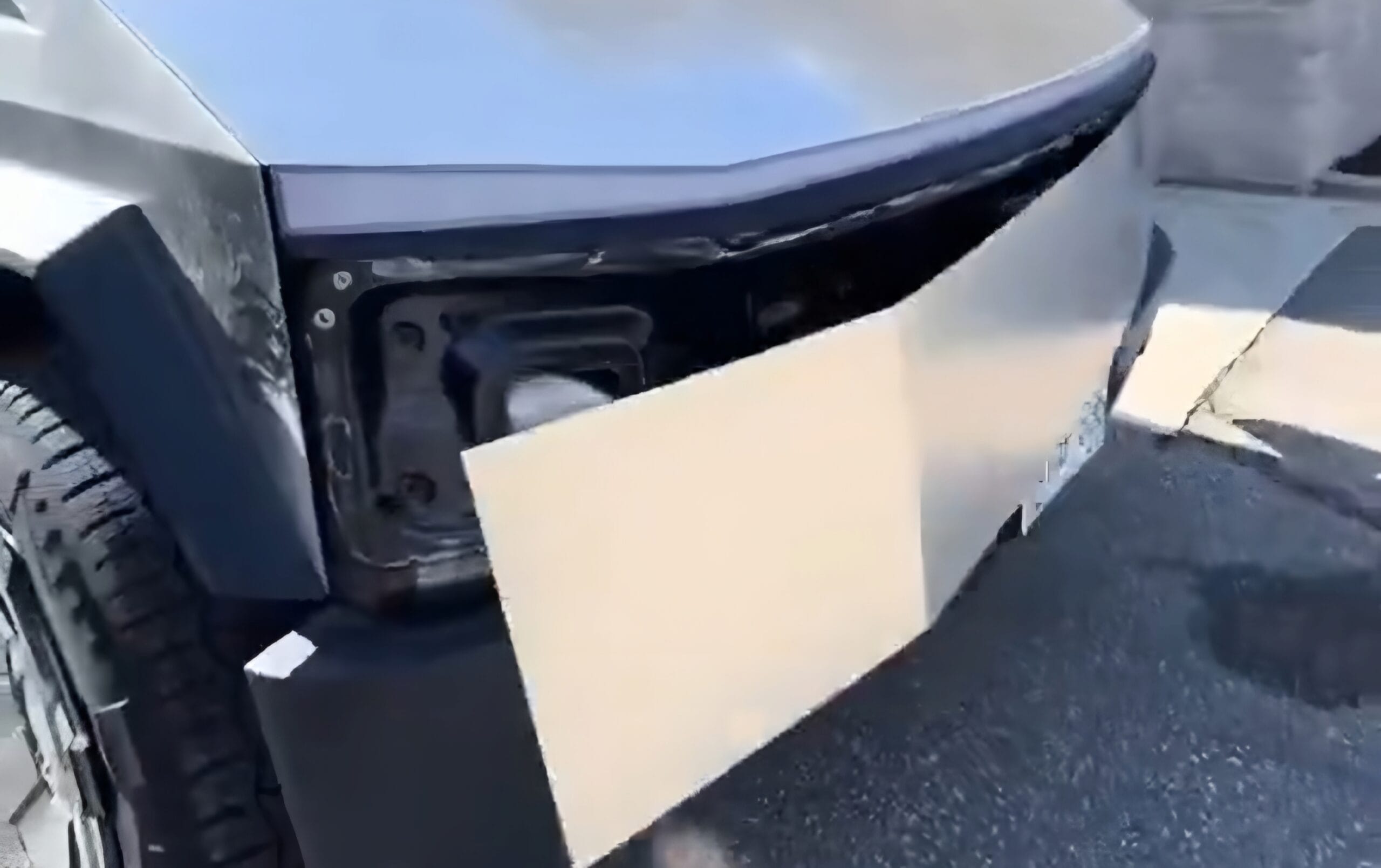Greetings, fellow truck enthusiasts! As a diesel engine expert and writer at HDDieselSupply.ca, I am thrilled to delve into the fascinating world of truck engines. Today, we embark on a journey to unravel the secrets behind these mechanical powerhouses. Our main topic is “how does a truck engine work,” and I aim to provide you with a comprehensive guide to demystify this marvel of engineering.
How does a Truck Engine work

Truck engine working process
- Diesel engines burn fuel to create power.
- Engine components: block, cylinders, pistons, and more.
- Four-stroke cycle: intake, compression, power, exhaust.
- Intake stroke: air-fuel mixture enters the cylinder.
- Compression stroke: mixture compresses within cylinder.
- Power stroke: spark ignites, causing rapid movement.
- Exhaust stroke: pushes out burned gases.
- Crankshaft converts piston motion to rotational energy.
- Camshaft controls valve timing for precise operation.
- Ignition system produces sparks for combustion.
- Fuel injection delivers fuel with precision.
- Cooling system circulates coolant, prevents overheating.
- Lubrication system reduces friction, ensures longevity.
- Exhaust system guides gases away, reduces emissions.
- Power output transfers through drive train to wheels.
Table of Contents
Internal Combustion Engine
At the core of every truck engine lies the principle of internal combustion, the process that converts fuel into mechanical energy. It is this mechanism that propels the mighty trucks across vast distances, hauling goods and connecting the world.
Breaking Down the Components
To grasp the functioning and working of a truck engine, one must acquaint themselves with its essential elements: engine block, cylinders, pistons, crankshaft, camshaft, valves, and spark plugs. These components synergistically orchestrate a symphony of motion, transforming fuel into mechanical energy. The engine block houses the cylinders where pistons move in a four-stroke cycle—intake, compression, power, and exhaust. The camshaft regulates valve timing, while the spark plugs ignite the air-fuel mixture. As the pistons move, the crankshaft converts their linear motion into rotational force, driving the wheels through the vehicle’s drive train. This harmonious dance empowers trucks to traverse great distances and conquer the open road.
The Four-Stroke Cycle
As we venture deeper into the engine’s inner workings and explore how truck engines work, the four-stroke cycle stands front and center. I’ll walk you through the intake, compression, power, and exhaust strokes, which serve as the engine’s rhythm, breathing life into its mechanical dance.
Intake Stroke: A Breath of Fresh Air
During the intake stroke, the engine breathes in the air-fuel mixture through the intake valve. This blend of oxygen and fuel is essential for combustion, akin to the inhalation of life-giving air.
Compression Stroke: Squeezing for Power
As the intake and exhaust valves close, the piston begins its upward journey to compress the air-fuel mixture within the cylinder. This compression is crucial to create the explosive energy required for the engine’s power.
Power Stroke: Igniting the Blaze
The moment we’ve been waiting for: the power stroke. A spark plug ignites the highly compressed mixture, causing a controlled explosion. This rapid expansion of gases forces the piston downward, generating the engine’s raw power.
Exhaust Stroke: Letting It All Out
As the power stroke comes to an end, the exhaust valve opens, allowing the piston to push out the burned gases during the exhaust stroke. This process is akin to exhaling, clearing the engine of its spent fuel.
The Masters of Motion: Crankshaft and Camshaft
To transform the piston’s linear motion into a rotational one, the crankshaft plays a vital role. Meanwhile, the camshaft ensures precise timing for the opening and closing of valves, synchronizing the engine’s intricate steps.
The crankshaft is crucial in converting the piston’s linear motion into rotational energy, enabling the engine to produce power for the vehicle’s movement. On the other hand, the camshaft plays an equally important role by precisely controlling the timing of valve openings and closings. This synchronization ensures that the engine’s intricate processes, including intake, compression, power, and exhaust strokes, occur in perfect harmony, optimizing efficiency and performance. Together, these components form a symphony of mechanical precision, propelling trucks forward with the force and reliability required to conquer the road ahead.
Ignition System and Fuel Injection of truck engine

Much like a conductor leading an orchestra, the ignition system takes center stage by creating the spark necessary for combustion within the engine. Meanwhile, modern fuel injection systems act as a skilled composer, orchestrating the precise delivery of fuel to each cylinder, optimizing engine efficiency, and unleashing the raw power needed to propel the truck forward. Together, these synchronized components harmonize to create a symphony of controlled explosions, transforming fuel into the driving force that propels trucks along the highways and byways with remarkable efficiency and performance.
The Cooling System of truck engine

Just as an athlete requires cooling after exertion, the engine needs a cooling system to prevent overheating. The circulation of coolant throughout the engine block ensures a balanced and stable temperature.
A Well-Lubricated Performance
A harmonious engine requires reduced friction between its moving parts. This is where the lubrication system comes in, ensuring a smooth and reliable operation, enhancing the engine’s longevity.
Navigating the Exhaust System
Much like a guiding light, the exhaust system directs the burned gases away from the engine, purifying emissions and promoting a cleaner environment.
Harnessing Power: The Drive Train
With the engine’s power channeled through the drive train, the truck gains momentum, surging forward with every twist and turn of the wheels.
As we reach the end of our journey through the intricacies of a truck engine, I hope this guide has shed light on the marvels of engineering that propel these behemoths of the road. Understanding how a truck engine works enriches our appreciation for the craftsmanship behind these powerful vehicles, and the significance they hold in our modern world. Until our next exploration into the realm of diesel engines, drive safe and keep the passion for trucks alive!



